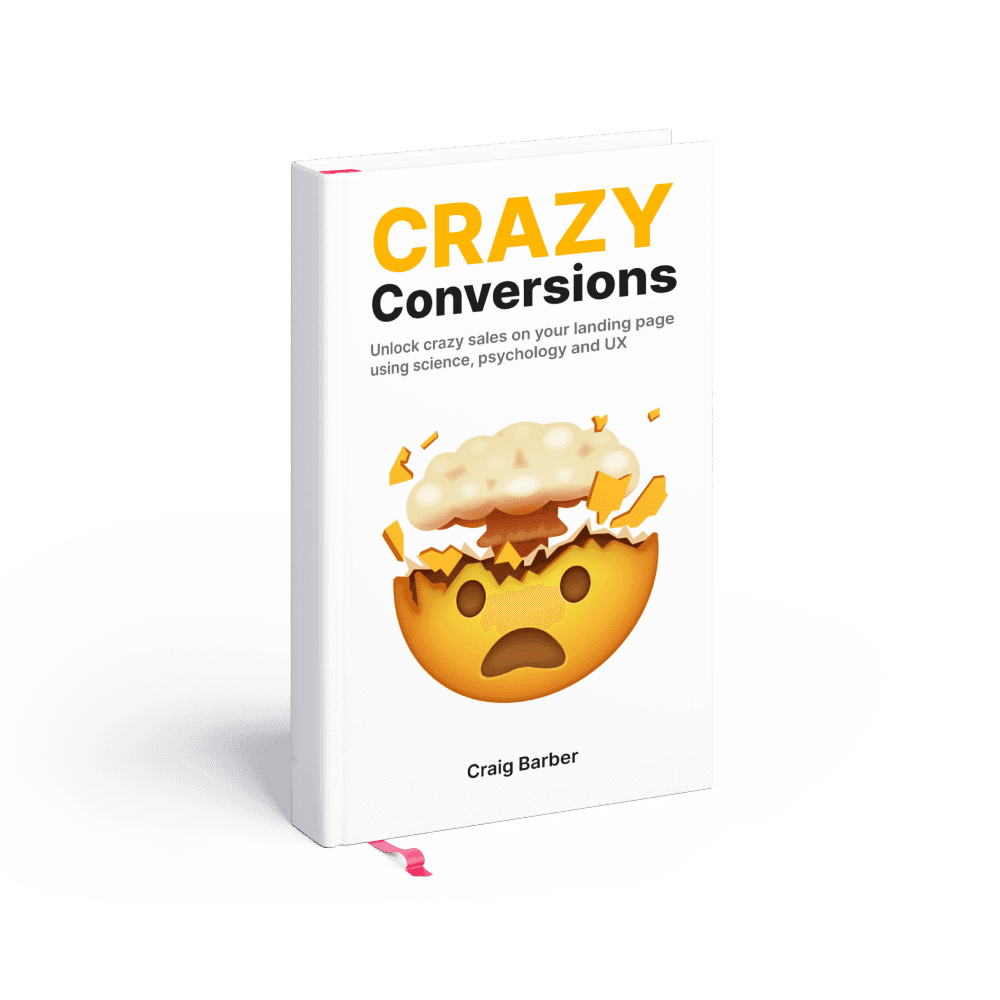UX vs UI Design: The Yin and Yang of Design Explained
Discover the key distinctions between UX and UI design
Welcome to the fascinating world of design!
If you've ever wondered what makes a website or an app visually appealing and user-friendly, you've probably come across the terms UX and UI design.
While they may sound similar, these two fields play distinct roles in creating delightful digital experiences.
In this blog post, we'll unravel the differences between UX vs UI design, explore examples of each, and address some frequently asked questions to help you gain a deeper understanding.
What is UX Design?

User Experience (UX) design revolves around crafting meaningful and satisfying experiences for users when they interact with a product or service.
UX designers aim to understand the users' needs, behaviors, and goals in order to create intuitive and enjoyable experiences.
They conduct research, create user personas, develop user flows, and design wireframes and prototypes to ensure a seamless journey for users.
What is UI Design?

User Interface (UI) design focuses on the visual and interactive elements that users encounter when engaging with a digital product.
UI designers work on the aesthetics, typography, colors, icons, and overall look and feel of the interface.
Their goal is to create visually appealing and intuitive designs that enhance the usability and appeal of the product.
UI designers often collaborate closely with UX designers to ensure a harmonious experience.
Differences between UX vs UI Design

Scope:
UX design encompasses the entire user journey, from research and strategy to wireframing and testing. UI design, on the other hand, focuses on the visual and interactive elements that users directly engage with.
Emphasis:
UX design prioritizes user needs, behavior, and overall experience. It aims to solve problems and create efficient workflows. UI design emphasizes the visual aesthetics, ensuring that the interface is visually appealing, consistent, and engaging.
Tools and Deliverables:
UX designers employ tools like user personas, user flows, wireframes, and prototypes to map out user journeys and interactions. UI designers utilize tools like design software (e.g., Sketch, Figma) to create pixel-perfect visuals, style guides, and design assets.
Examples of UX and UI Design

To better illustrate the differences, here are examples of both UX and UI design in action:
UX Design

Imagine a mobile banking app that allows users to effortlessly manage their finances.
A UX designer will conduct user research, identify pain points, and create user flows to ensure smooth navigation.
They will optimize the app's functionality, such as quick access to account information, easy money transfers, and intuitive bill payment options.
UI Design

In the same mobile banking app example, a UI designer will focus on the visual elements.
They will carefully select colors that inspire trust, design clear and visually appealing buttons, create intuitive icons for actions, and ensure a consistent visual language throughout the app.
Frequently Asked Questions on UX vs UI Design

Can one person handle both UX and UI design?
While some designers possess skills in both UX and UI design, these roles often require different skill sets and expertise. However, collaboration and communication between UX and UI designers are crucial for creating cohesive and effective designs.
Which is more important, UX or UI design?
Both UX and UI design are essential for creating exceptional user experiences. UX design focuses on functionality and user satisfaction, while UI design enhances the visual appeal and usability of the interface. They are two sides of the same coin and should be considered equally important.
Can UX and UI design be applied beyond digital products?
Absolutely! The principles of UX and UI design can be applied to various products and services, including physical products, interactive kiosks, customer support systems, and even physical spaces like retail stores and theme parks.
Conclusion
UX and UI design are vital components of creating engaging and user-friendly digital experiences.
By understanding the differences between UX and UI design, we can appreciate the collaborative efforts required to deliver seamless and visually stunning products.
Whether you're interested in pursuing a career in design or simply want to enhance your product's appeal, the knowledge of UX and UI design will undoubtedly benefit you.
So, go ahead and dive into the fascinating world of design and let your creativity soar!
Boost sales in 30 days or your money back
Introducing Crazy Conversions, the powerful playbook helping founders unlock sales on their landing page
Boost my sales now $29

5/5 stars on Gumroad





